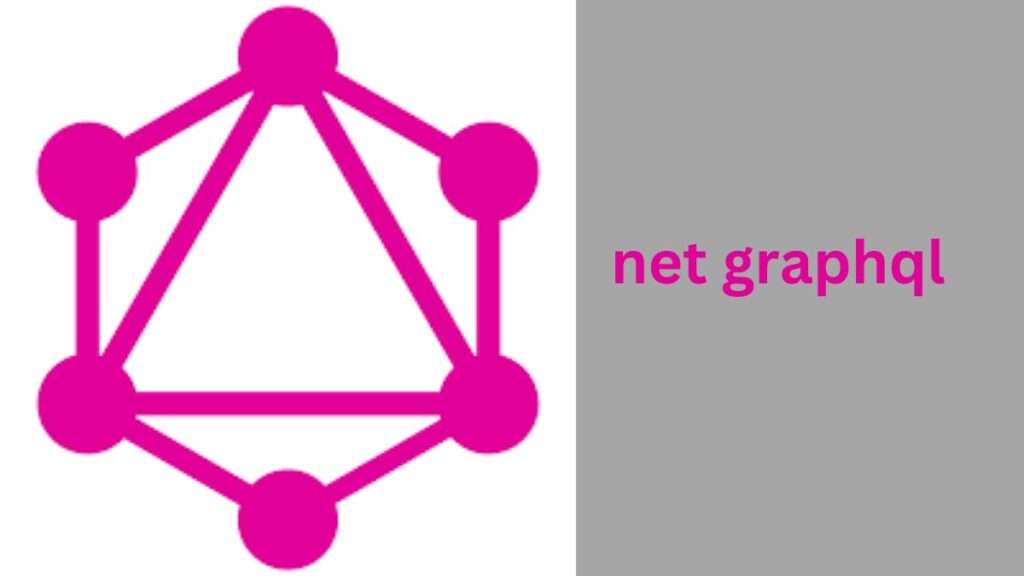GraphQL is a powerful tool for creating efficient and flexible APIs in the dynamic world of web development. Together with the .NET framework’s powerful features, this powerful duo can completely transform how programs share and access information. In this piece, we’ll investigate “net graphql,” or graph query language, to find out what it is, how it functions, and why it’s becoming so popular among programmers.
Contents
- What is GraphQL?
- Why Choose GraphQL over REST?
- 1. Flexibility
- 2. Reduced Number of Requests
- 3. Strongly Typed
- Getting Started with GraphQL in .NET
- Setting Up a GraphQL Server
- Defining GraphQL Schemas
- Queries in GraphQL
- Mutations: Changing Data with GraphQL
- Real-time Data with Subscriptions
- Securing Your GraphQL API
- Performance Optimization
- Integrating GraphQL with Existing .NET Applications
- Tools and Libraries for GraphQL in .NET
- Case Studies: Successful Implementations
- Challenges and Best Practices
- Conclusion
What is GraphQL?
GraphQL is an API query language that lets users only ask for the information they need. Facebook built this alternative to the standard REST API to make it more efficient, powerful, and flexible. GraphQL provides a unified endpoint for data querying and manipulation in place of multiple predefined endpoints.
Why Choose GraphQL over REST?
1. Flexibility
In most cases when using REST, clients will receive predefined data. GraphQL, on the other hand, allows users to request only the data they actually need. More efficient API calls can be made as a result of less data being over- or under-fetched.
2. Reduced Number of Requests
With GraphQL, clients can retrieve multiple resources with a single request, which reduces network overhead and eliminates the need for multiple endpoints.
3. Strongly Typed
GraphQL schemas provide robust typing and well-documented definitions of the types of data that can be queried. This facilitates learning about and interacting with APIs.
Getting Started with GraphQL in .NET
You’ll need to prepare a.NET development environment before you can start taking advantage of GraphQL. Make sure.NET Core is set up on your machine, and then start developing your GraphQL application.
Setting Up a GraphQL Server
To create a GraphQL server in.NET, you can use a number of available libraries and frameworks, such as Hot Chocolate, GraphQL.NET, or StrawberryShake. These libraries provide a selection of tools and customization options to meet the needs of your specific task.
Defining GraphQL Schemas
Types, queries, mutations, and subscriptions are all laid out in a GraphQL schema, which acts as the agreement between client and server. They offer an organized framework for your API.
Queries in GraphQL
Clients can make specific data requests via GraphQL queries. A query is similar to asking your API a question; the API then provides the answer.
Mutations: Changing Data with GraphQL
Mutations are used to alter or create data on the server, as opposed to queries, which are used to retrieve data. They can be used for any kind of write operation, including updating user data, creating new records, and so on.
Real-time Data with Subscriptions
Providing real-time data updates via subscriptions is one of GraphQL’s most impressive features. This is especially helpful for real-time applications like chat programs and dashboards.
Securing Your GraphQL API
Any serious web app will prioritize security above all else. To restrict access to your API’s restricted resources to only authorized users, GraphQL provides authentication and authorization mechanisms.
Performance Optimization
The smooth operation of your GraphQL API relies on your attention to its performance. Response times can be drastically sped up by using techniques like batching and caching.
Integrating GraphQL with Existing .NET Applications
Integrating GraphQL into an existing.NET application can be painless. Together with your current RESTful endpoints, you can also expose GraphQL ones.
Tools and Libraries for GraphQL in .NET
There is a wealth of resources in the.NET GraphQL ecosystem that can be used to reduce complexity and boost efficiency during development. Relay, GraphQL Playground, and Apollo Client are three of the most well-known.
Case Studies: Successful Implementations
In this article, we’ll examine a few real-world case studies of businesses that have successfully adopted GraphQL in.NET to learn more about the technology’s practical applications.
Challenges and Best Practices
GraphQL has many advantages, but it also has its own difficulties. We’ll talk about typical problems and effective methods for fixing them.
Conclusion
When it comes to creating websites, “net graphql” is clearly a major step forward. Developers can make efficient, highly customizable APIs that meet the precise needs of their applications by combining the versatility of GraphQL with the strength of the.NET framework.
Frequently Asked Questions (FAQs)
Is GraphQL suitable for all types of applications?
GraphQL’s flexibility makes it useful in many contexts. However, its usefulness is contingent on the needs of the project and the GraphQL expertise of the development team.
How does GraphQL handle versioning of APIs?
GraphQL’s flexibility makes it useful in many contexts. However, its usefulness is contingent on the needs of the project and the GraphQL expertise of the development team.
Are there any security concerns with GraphQL?
Developers are responsible for ensuring GraphQL’s security through the correct implementation of authentication and authorization mechanisms. If you don’t, private information could get into the wrong hands.
What are some common performance bottlenecks in GraphQL applications?
N+1 query problems, over-fetching of data, and inefficient resolver functions are typical sources of slow performance. These can be reduced with well-planned and optimized schema structures.
Can I use GraphQL alongside my existing RESTful API?
You can, in fact, coexist GraphQL and RESTful APIs. This way, you can ease into GraphQL while continuing to serve your existing customer base.

